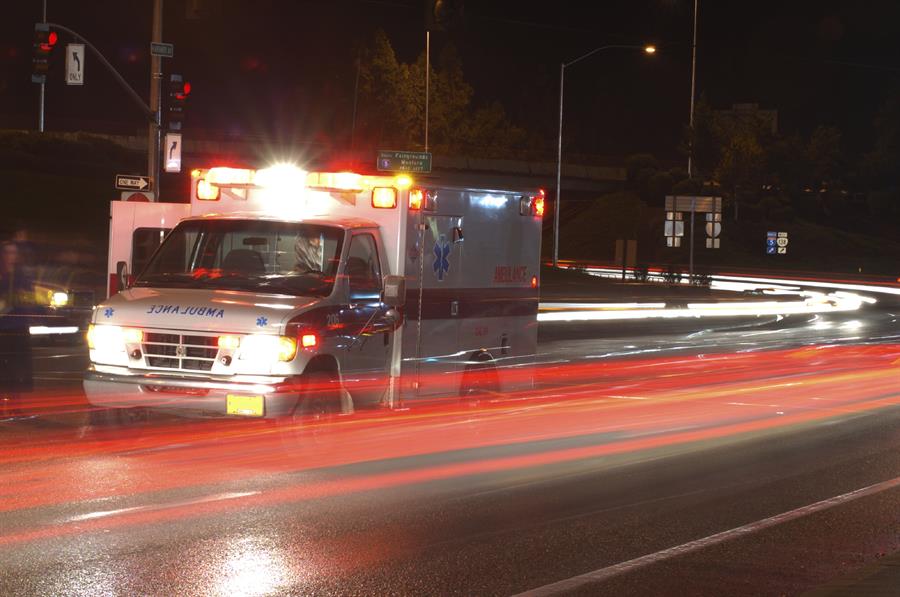Taking your time is the smart way to go in many instances. But a medical emergency like a stroke is NOT one of them. In fact, that’s when it’s critical to act quickly and without hesitation.
Stroke is the second leading cause of death and the third leading cause of disability worldwide (1;2;3). That’s alarming but there is encouraging news: advances in the diagnosis, treatment and aftercare of acute ischaemic stroke (the most common kind that happens when a clot stops blood from getting to a part of the brain) have saved countless lives (4).
A turning point in emergency care for ischemic stroke came with the introduction of “clot busting” treatment called thrombolysis in which the drug tPA (Tissue Plasminogen Activator) is injected to dissolve the clot and restore blood flow (5). It works well but there is a catch: the drug must be given as quickly as possible (ideally within 3 hours) after the appearance of stroke symptoms in order to save the patient from serious brain damage, or even death (6).
Designated stroke centres have become the new standard of care in many countries (3). They provide coordinated prevention, acute care, rehabilitation and continuing care services delivered by a medical team of specialists and are considered by many experts to be the best option for stroke patients (3;4;6). That’s why people suffering a stroke may be taken by ambulance to a specialist stroke centre, even if it’s farther away than the patient’s local hospital.
That would seem to be at odds with the goal of having stroke victims treated as soon as possible so a recent systematic review attempted to find out whether emergency care in specialized stroke centres does indeed save more lives (7). Fourteen studies were included in the review. They compared death rates for 2,790 stroke patients, some of whom were taken directly to a designated stroke centre while others received emergency treatment at a local hospital.
What the research tells us
Although there were not many high quality studies available on this topic to allow strong conclusions, the best evidence we have right now shows that it is the clot busting treatment that matters, not the location. Death rates were no different between the two groups when the patient’s local hospital provided thrombolysis, and both sets of patients experienced about the same rate of recovery and risk of complications (7).
In other words, your local hospital may be just as good as a stroke centre in an emergency, provided it is equipped to deliver thrombolysis. Patients can later be transferred to a stroke centre for recovery and rehabilitation with specialized and coordinated medical care – as was the case for this study’s participants. More high quality research will allow us to make more confident recommendations about emergency stroke care in the future.
In the meantime, if you think you may be having a stroke, or you suspect someone else is, don’t waste time wondering where to go – call 911 and leave it to the emergency personnel to get you to the right place as quickly as possible.
Know the signs of stroke
Check out the Heart & Stroke Foundation’s stroke awareness tips. Share these with your family, friends, neighbours and colleagues. The more people who know what to do in an emergency, the better for all of us!






